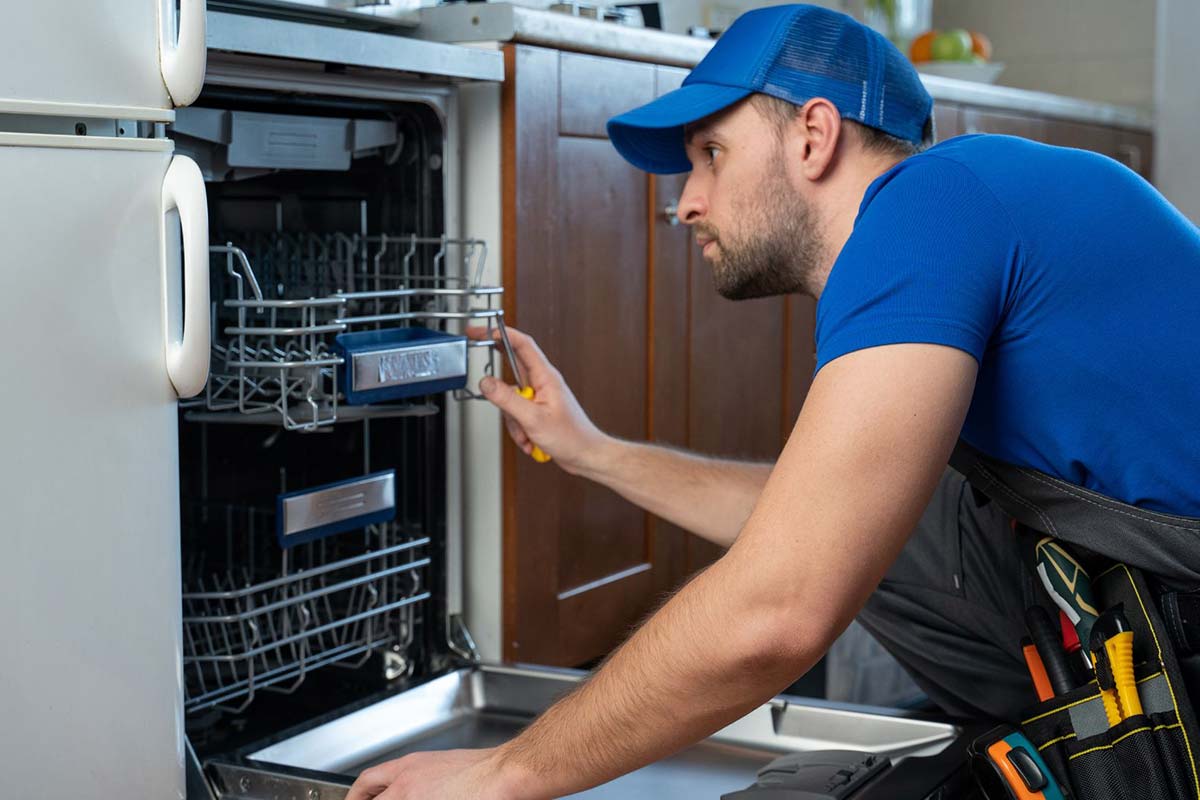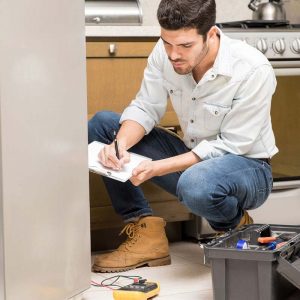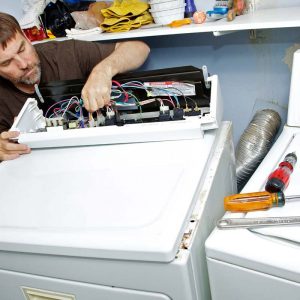Last Updated on July 5, 2025

Dishwashers are an essential part of modern kitchens, but when they refuse to start, it can be frustrating. While some issues require professional help, many problems can be resolved with a bit of troubleshooting. Here’s a guide to diagnosing the most common causes of a non-starting dishwasher.
1. Check the Power Supply
Before diving into repairs, ensure the dishwasher is getting power. Inspect the outlet, breaker, and power cord for any signs of damage or loose connections.
2. Verify the Door Latch
If the door isn’t securely closed, the dishwasher won’t start. Inspect the door latch for wear and tear, and ensure it clicks into place properly.
3. Examine the Control Panel
A malfunctioning control panel can prevent your dishwasher from starting. Check for error codes, unresponsive buttons, or a blank display. If you need guidance on tackling control panel issues, find detailed insights here.
4. Look at the Timer
The timer regulates the dishwasher’s cycles. If it’s defective, the appliance might not start. Test the timer with a multimeter or consult a technician for further diagnosis.
5. Inspect the Water Supply
Dishwashers require a steady flow of water to operate. Check the water inlet valve, hoses, and connections for blockages or leaks.
6. Evaluate the Thermal Fuse
The thermal fuse is a safety feature that cuts power to the dishwasher when it overheats. A blown thermal fuse can prevent the machine from starting and may need replacement.
7. Test the Motor
The motor powers the spray arms and ensures proper cleaning. If it’s burnt out or stuck, the dishwasher won’t run.
8. Consider the Float Switch
The float switch monitors water levels inside the dishwasher. A stuck or faulty float switch can send incorrect signals, stopping the machine from starting.
Statistics on Dishwasher Issues
- Approximately 20% of all dishwasher problems are related to the door latch or control panel.
- Simple troubleshooting can resolve over 30% of non-starting dishwasher cases without professional help.
Quotes to Remember
As Thomas Edison once said, “The value of an idea lies in the using of it.” Troubleshooting appliances is all about leveraging knowledge to resolve everyday issues.
Steps to Troubleshoot Your Dishwasher
- Check the power source and ensure the outlet is functioning.
- Inspect the door latch for proper alignment and function.
- Examine the control panel for error codes or unresponsive buttons.
- Inspect the water supply and clean any clogged hoses or valves.
When to Call a Professional
If the problem persists after these steps, it might be time to call a technician. Attempting complex repairs without the right tools can lead to further damage. Addressing the issue promptly will save you time, money, and hassle in the long run.
Whether it’s a simple door latch fix or a more complicated motor repair, understanding the root cause is the first step in getting your dishwasher back in working order.






